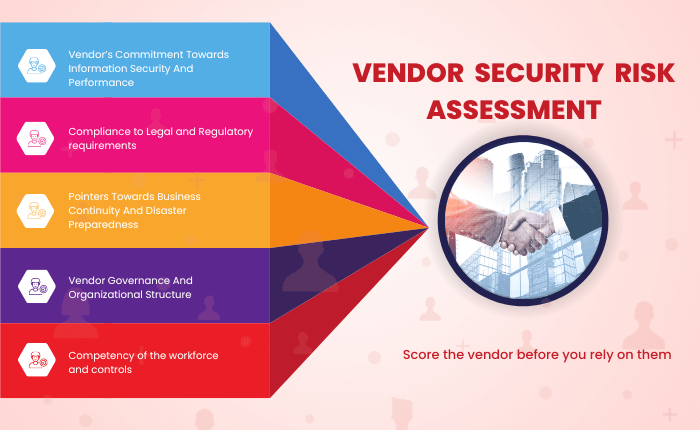USA: +1 (551) 242-2980 | India: 1800 102 1532 (Toll Free)
Mail servers and user workstations running mail clients are frequently targeted by attackers. Whether it is Business email compromise, Ransomware attacks or Targeted Phishing attacks, such attacks are on the rise and also in their sophistication. It is imperative that every organization whether their mail servers on cloud or on-premise should have robust security reviews and controls to protect from external threats
Every email incident has unique circumstances that must be evaluated, processed and addressed to quickly move to a state of resolution. IARM security expert team is available 24X7, you can reach out to us for any email incidents/recovery
IARM has handled various types of Email Security Compromise incidents for several of our customers and help them to prevent, recover and built robust email systems. Listed below are some of the Business E-mail Compromises that IARM has helped in provided the proactive control to the extent possible to control such disruption to Business.
Please feel free to contact us or submit a business inquiry online, our expert will contact you soon!
Keep your business safe from email threats. Choose our comprehensive email security services today


